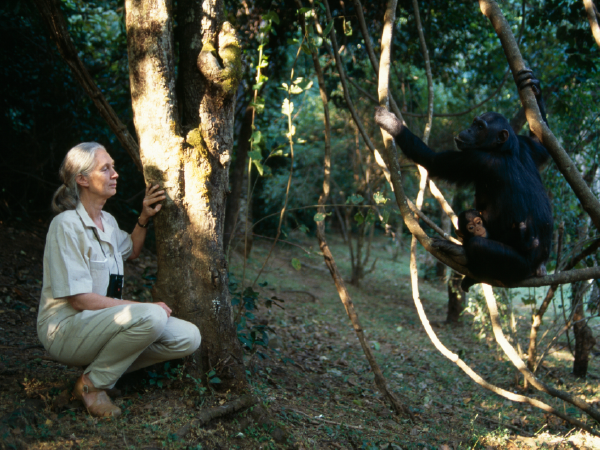
Grade:
Topic:
Unit:


In this lesson mini, students learn about the life of Jane Goodall through an informational text. Students practice early reading skills while learning about this pioneering primatologist and anthropologist. They engage with the text to identify key details about Goodall’s life, her groundbreaking chimpanzee research in Gombe, and her contributions to animal behavior studies. Through guided reading, discussions, and simple comprehension activities, students will develop their understanding of both Goodall and chimpanzees.

Minutes
Minutes
Minutes
Minutes
Minutes

Level-up current events into dynamic learning!